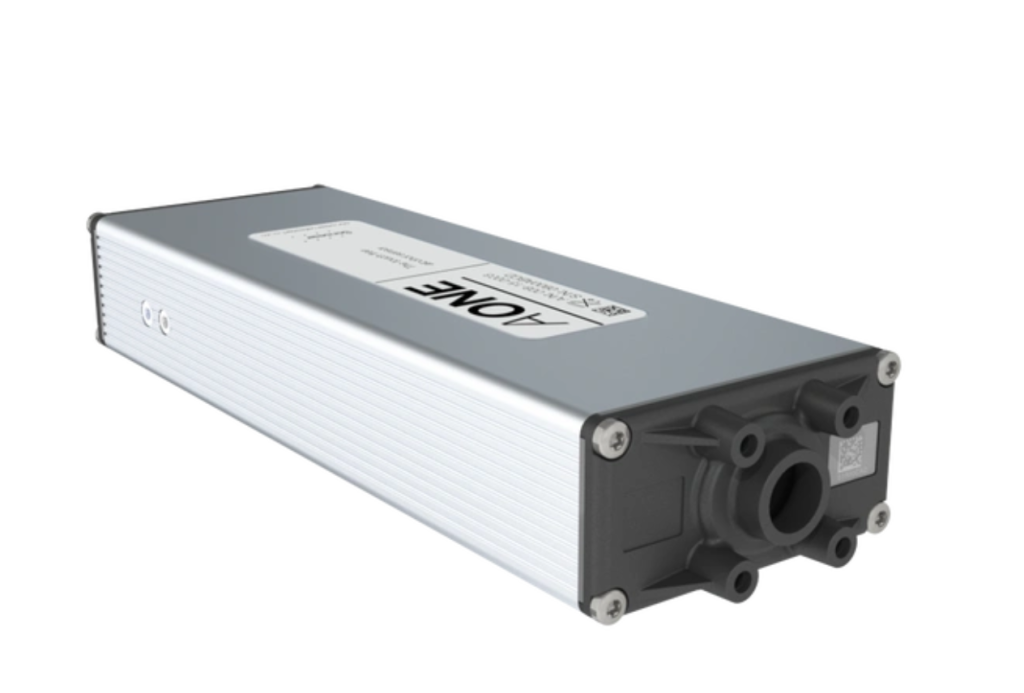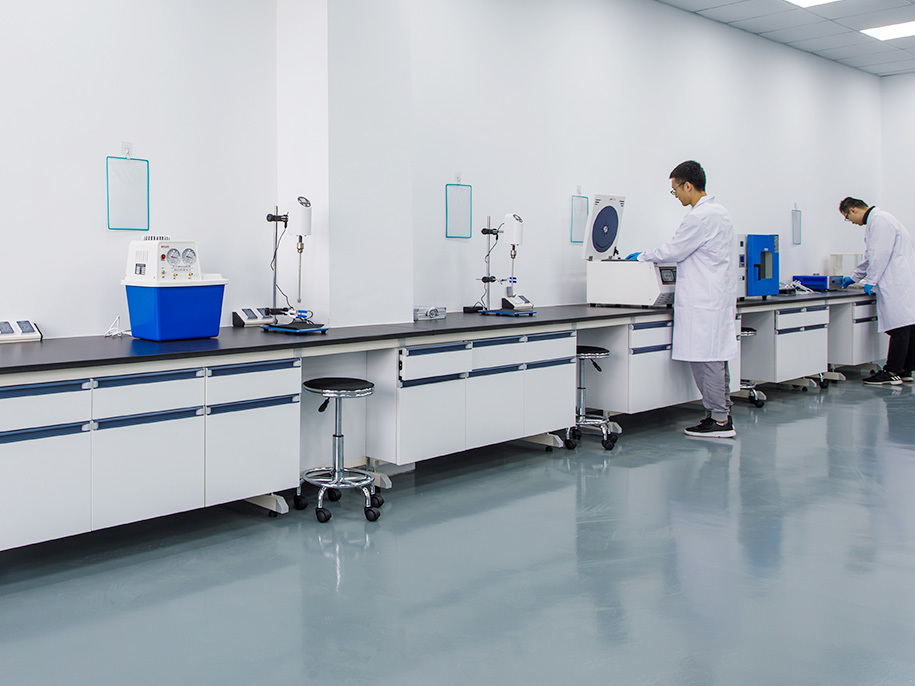Carbon Nanotube-Based Gas Sensors: Enhancing Sensitivity and Efficiency
Gas sensors are vital in numerous fields, including environmental monitoring, industrial safety, medical diagnostics, and smart home systems. Traditional gas sensors often face challenges such as limited sensitivity, slow response times, and high energy consumption. Carbon nanotubes (CNTs), with their exceptional electrical and chemical properties, have emerged as a revolutionary material for gas detection, enabling the development of highly sensitive and efficient gas sensors.
This article explores how CNTs are used in gas sensing applications, their unique properties, real-world implementations, challenges, and future potential.

Key Properties of CNTs for Gas Sensing
- High Surface Area
CNTs provide a vast surface area for gas molecule adsorption, which significantly enhances sensitivity. - Electrical Conductivity
CNTs exhibit excellent conductivity, and their electrical properties change noticeably upon exposure to gas molecules, making them ideal for resistive sensing mechanisms. - Chemical Stability
CNTs are chemically stable and can operate under a wide range of environmental conditions. - Functionalizability
CNTs can be functionalized with specific chemical groups to improve selectivity for different gas molecules. - Fast Response and Recovery
The nanoscale dimensions and high electron mobility of CNTs enable rapid response and recovery times.
How CNT-Based Gas Sensors Work
CNT gas sensors operate primarily through a change in electrical resistance. When gas molecules interact with the surface of CNTs, they donate or withdraw electrons, altering the electrical conductivity. This change is then measured and correlated to the concentration of the target gas.
- Semiconducting Single-Walled CNTs (SWCNTs): Ideal for detecting gases like NO₂ and NH₃ due to their sensitivity to electron transfer.
- Multi-Walled CNTs (MWCNTs): Provide robustness and are often used for applications requiring durability.
Applications of CNT Gas Sensors
1. Environmental Monitoring
- Detect pollutants such as NO₂, CO, and CH₄ with high sensitivity.
- Example: A CNT sensor detected NO₂ at concentrations as low as 20 ppb (parts per billion), enabling early warning in urban air quality monitoring.
2. Industrial Safety
- Monitor hazardous gases like H₂S, CO, and combustible gases in factories and mines.
- Example: A CNT-based CO sensor was deployed in underground mines, achieving a response time of less than 10 seconds.
3. Medical Diagnostics
- Detect biomarkers like acetone in breath (indicative of diabetes) or ammonia (indicative of kidney dysfunction).
- Example: A wearable CNT sensor measured acetone levels in human breath with 95% accuracy, aiding diabetes monitoring.
4. Smart Home Systems
- Integrated into smart devices to detect leaks of natural gas, propane, or other flammable gases.
- Example: A CNT-enhanced smart alarm system identified methane leaks within 2 seconds, preventing potential hazards.
5. Automotive Applications
- Used in vehicle exhaust systems to monitor emissions and ensure compliance with environmental standards.
- Example: A CNT-based sensor successfully monitored NOx levels in diesel engines under real-time driving conditions.
Advantages of CNT-Based Gas Sensors
- Ultra-High Sensitivity
- Capable of detecting gases at extremely low concentrations (ppb or even ppt levels).
- Compact and Portable
- The nanoscale size of CNTs enables the creation of compact and lightweight sensors for portable applications.
- Low Power Consumption
- CNT sensors can operate efficiently at room temperature, reducing energy requirements compared to traditional sensors.
- Wide Range of Gases
- Functionalization allows for selective detection of a variety of gases.
- Durability
- CNT sensors maintain performance in harsh environments, including high temperatures and humidity.
Challenges in CNT-Based Gas Sensing
- Selectivity
- While CNTs are highly sensitive, distinguishing between gases with similar properties remains challenging.
- Solution: Functionalization with specific chemical groups to improve selectivity.
- Fabrication Costs
- High costs associated with synthesizing and processing CNTs can hinder large-scale adoption.
- Solution: Advancements in scalable manufacturing techniques, such as chemical vapor deposition (CVD).
- Stability Over Time
- Prolonged exposure to gases or environmental factors can degrade sensor performance.
- Solution: Incorporating protective coatings or hybrid materials.
- Calibration Needs
- Regular calibration is required to maintain accuracy, especially in dynamic environments.
Market Trends and Potential
- Growing Demand for IoT Integration
- CNT gas sensors are being integrated into IoT devices for smart homes, cities, and industries, driving market growth.
- Automotive Industry Expansion
- Stricter emission regulations are fueling the adoption of advanced gas sensors in vehicles.
- Healthcare Applications
- Non-invasive diagnostics using CNT-based breath analyzers are gaining traction.
- Environmental Regulations
- Increasing regulations on air quality monitoring are encouraging the use of advanced sensing technologies.
Market Projections
- The global gas sensor market is expected to reach $3.5 billion by 2030, with CNT-based sensors playing a significant role.
Real-World Example: CNT Sensor for NO₂ Detection
A team of researchers developed a CNT-based NO₂ sensor capable of detecting concentrations as low as 5 ppb. The sensor was deployed in an urban air quality monitoring system, where it provided real-time data on pollution levels. The device exhibited a response time of less than 10 seconds and a recovery time of 15 seconds, significantly outperforming conventional metal oxide sensors.
Future Directions
- Hybrid Sensors
- Combining CNTs with other materials, such as graphene or metal oxides, to improve selectivity and stability.
- Wearable Devices
- Development of CNT-based wearable gas sensors for health and safety monitoring.
- Mass Production
- Scaling up production techniques to reduce costs and enable widespread adoption.
- Integration with AI
- Using AI algorithms to analyze sensor data and predict gas concentration trends for proactive measures.
- Environmental Applications
- Deploying CNT sensors in remote areas for continuous air quality monitoring powered by renewable energy sources.
Conclusion
Carbon nanotube-based gas sensors represent a paradigm shift in gas detection technologies. With their unparalleled sensitivity, rapid response times, and adaptability, these sensors are finding applications across diverse industries. While challenges like selectivity and cost remain, ongoing advancements in CNT synthesis, functionalization, and integration are addressing these limitations.
As the world moves toward smarter, safer, and more sustainable technologies, CNT gas sensors are poised to play a critical role in shaping the future of environmental monitoring, industrial safety, and healthcare.

